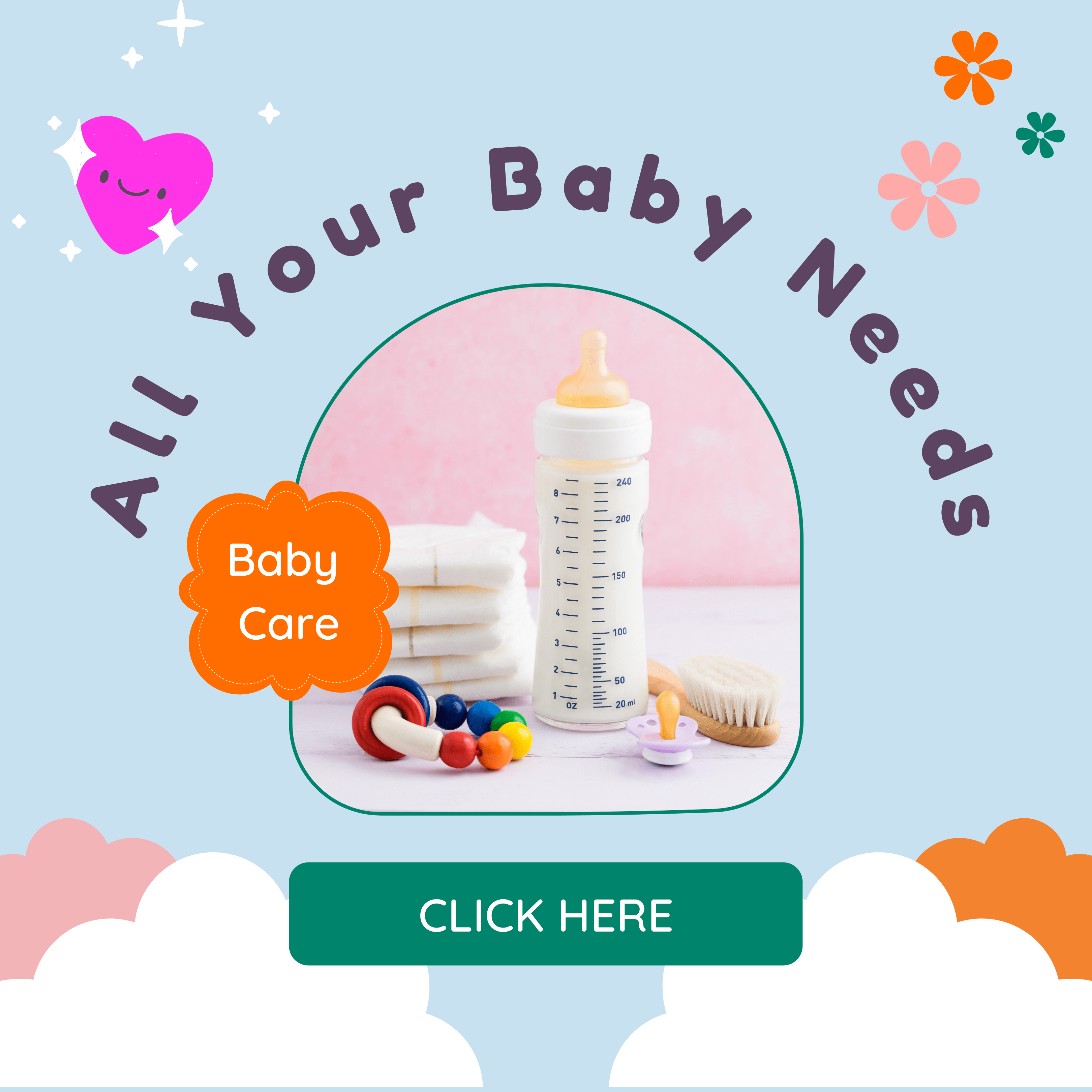Imagine this scenario: you’re walking along a busy street with your child, enjoying a sunny day together. But have you ever stopped to think about the invisible threat surrounding you? The air you both breathe, filled with traffic-related pollution, could be silently impacting your child’s brain function. It’s a concerning reality that many parents may not be fully aware of.
A recent study conducted by the University of California, Irvine, has revealed that exposure to air pollution caused by traffic can lead to memory loss, cognitive decline, and the activation of brain pathways associated with the development of Alzheimer’s disease. Masashi Kitazawa, PhD, who serves as an associate professor of environmental and occupational health in the UCI Programme in Public Health, is the senior author of the study. He expressed his concern about the connection between air pollution and Alzheimer’s disease, emphasizing that toxicants in the air are not only increasing globally but also impacting local areas like Irvine. It is important to note that the impact of particulate matter on brain function goes beyond the findings of this particular study.
These findings are truly alarming and raise crucial questions about how we can protect our children’s developing brain from the harmful effects of polluted air. In this blog post, we will we’ll share practical strategies that you can implement in your daily lives to protect your child health and well-being.
Here are 10 strategies to protect children from traffic related air pollution.
1. Avoid busy roads during peak hours
One practical measure is to avoid busy roads during peak hours. Research has shown that traffic congestion leads to higher levels of air pollution due to vehicle emissions. By choosing alternative routes or adjusting their schedules to avoid peak traffic times, parents can help limit their child’s exposure to harmful pollutants. For example, if a child’s school is located near a heavily trafficked road, parents can explore alternative routes or carpooling options to reduce their child’s exposure to traffic-related air pollution.
2. Keep windows closed when traffic is heavy
While opening windows allows fresh air to circulate, it can also allow pollutants from traffic to enter the indoor environment. Closing windows during times of heavy traffic, especially during rush hour or when nearby roads are congested, can help create a barrier against harmful pollutants. This is particularly important for rooms where children spend a significant amount of time, such as bedrooms and play areas.
3. Choose less congested routes
Encourage children to take alternative routes to avoid heavily congested roads. By planning ahead and finding less-traveled routes, you can reduce the amount of time spent near high levels of traffic emissions.
4. Use pedestrian-friendly infrastructure
Take advantage of pedestrian-friendly infrastructure like sidewalks, footpaths, and pedestrian-only zones. These areas are designed to separate pedestrians from vehicle traffic, reducing exposure to air pollution. Choose routes that prioritize pedestrian safety and minimize proximity to busy roads.
5. Use air purifiers in cars
Consider installing air purifiers specifically designed for cars. These devices can help filter out harmful pollutants and improve the air quality inside the vehicle. Air purifiers with high-efficiency particulate air (HEPA) filters or activated carbon filters are particularly effective at capturing fine particles, gases, and odors. Using an air purifier in the car can help create a cleaner and healthier environment for children, especially during longer commutes or when traveling in areas with heavy traffic congestion.
Check out here for the best portable air purifiers for your cars.
6. Time outdoor activities strategically
Be mindful of the timing of outdoor activities, especially during peak traffic hours. Try to schedule outdoor playtime or exercise sessions when traffic is lighter, such as early mornings or late evenings, to minimize exposure to pollution.
7. Seek green spaces
When engaging in outdoor activities, prioritize locations with good greenery and vegetation. Green spaces act as natural filters, absorbing pollutants and improving air quality. Parks, gardens, or areas with abundant trees and plants can provide a healthier environment for children to enjoy outdoor time.
8. Plan holidays and weekends outside cities
Consider choosing destinations in the countryside or hills for family holidays and weekend getaways. These locations generally have lower pollution levels compared to busy cities or urban areas. Spending time in areas with cleaner air can provide a refreshing break for the whole family and reduce children’s exposure to traffic-related pollutants. It allows them to breathe in fresher air and enjoy outdoor activities without the same level of pollution risks. Exploring nature, hiking trails, or engaging in outdoor sports in these areas can be a great way to promote both physical and mental well-being.
9. Utilize air quality monitoring tools
Stay informed about air quality levels in your area using air quality monitoring tools or smartphone applications. These resources provide real-time data on air pollution levels, allowing you to make informed decisions about outdoor activities and adjust plans accordingly.
10. Advocate for change
Get involved in local initiatives and community efforts to improve air quality. Support policies that prioritize sustainable transportation, advocate for the expansion of green spaces, and encourage the development of alternative transportation options. By collectively pushing for change, you can contribute to creating a healthier and cleaner environment for children.
Recommended reading: Teach Kids About Climate Change and Sustainable Living: An Age-by-Age Guide
Recommended reading: Practical Tips To Teach Your Child About Sustainable Living
Remember, while complete avoidance of traffic-related air pollution may be challenging, implementing these practical strategies can help minimize exposure and create a healthier environment for children.




